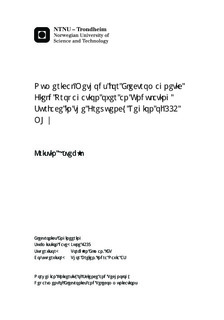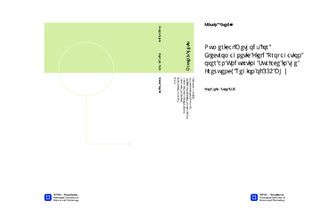| dc.description.abstract | When an aircraft is landing, the use of the Instrument Landing System (ILS) is essential. It provides navigation signals for the landing aircraft. The localizer transmits the signals for horizontal navigation, and is situated at the opposite end of the runway of where the aircrafts are landing. It means that the localizer-signals have to traverse the runway, before the aircrafts receive the signals. The signals may behave differently if the runway is humped. In some cases there might not be line-of-sight between the two ends of the runway. The objective of this thesis was to find numerical methods for computation of the electromagnetic field in the frequency region of the localizer over a humped runway, implement them, and test them. The investigated numerical methods are the Integral Equation Model and the Parabolic Equation Method. The principle of the Integral Equation Model is to compute the field strength at a given point based on direct wave from the transmitter and the induced surface current. The method is not fully implemented due to missing links in the literature used. The principle of Parabolic Equation Method is to solve the standard parabolic equation, a differential equation derived from the scalar wave equation. The Parabolic Equation Method is implemented with two different algorithms; the Split-Step Algorithm (SSA) and the Finite-Difference Method (FDM). Over a flat surface the SSA and FDM results differ somehow. However, as soon as there are some irregularities, up- or downwards inclined plane, wedge, or runway surface profiles, the SSA and FDM give almost identical results. The simulations with SSA and FDM also show that the runway surface profile can influence the electromagnetic field considerably. Therefore, the runway surface profile needs to be taken into account. How suitable the Integral Equation Model is for this application remains subject to further work. However, the Parabolic Equation Method is a numerical method that can be used to simulate electromagnetic field propagation in the frequency region of the localizer over a humped runway. | nb_NO |

